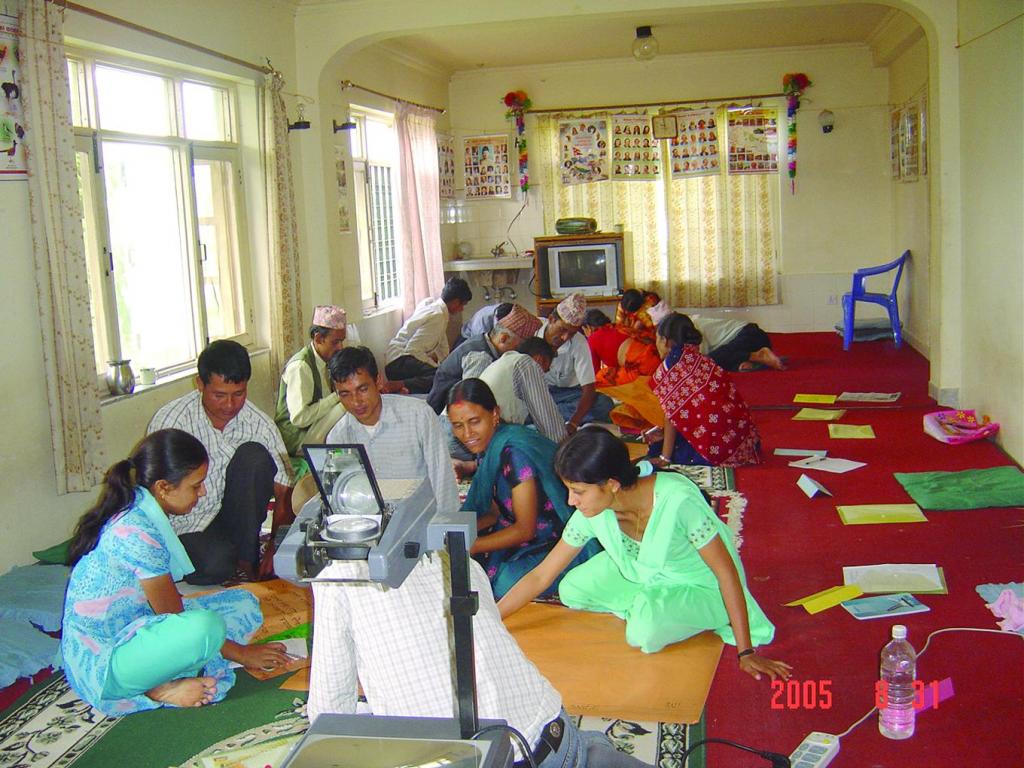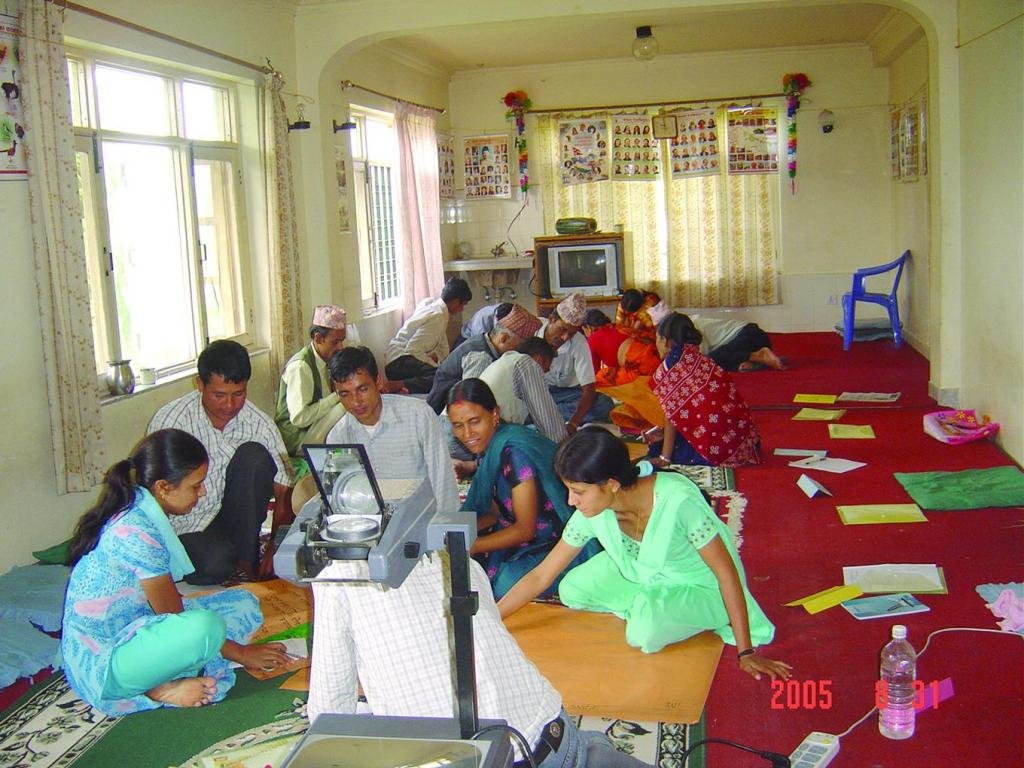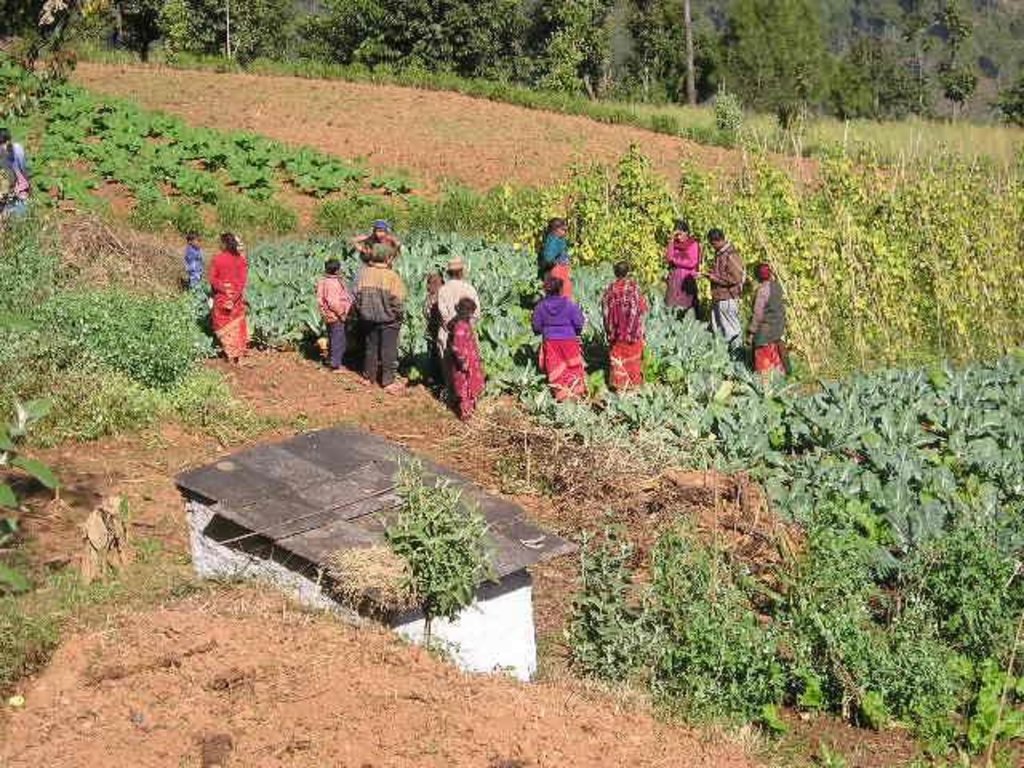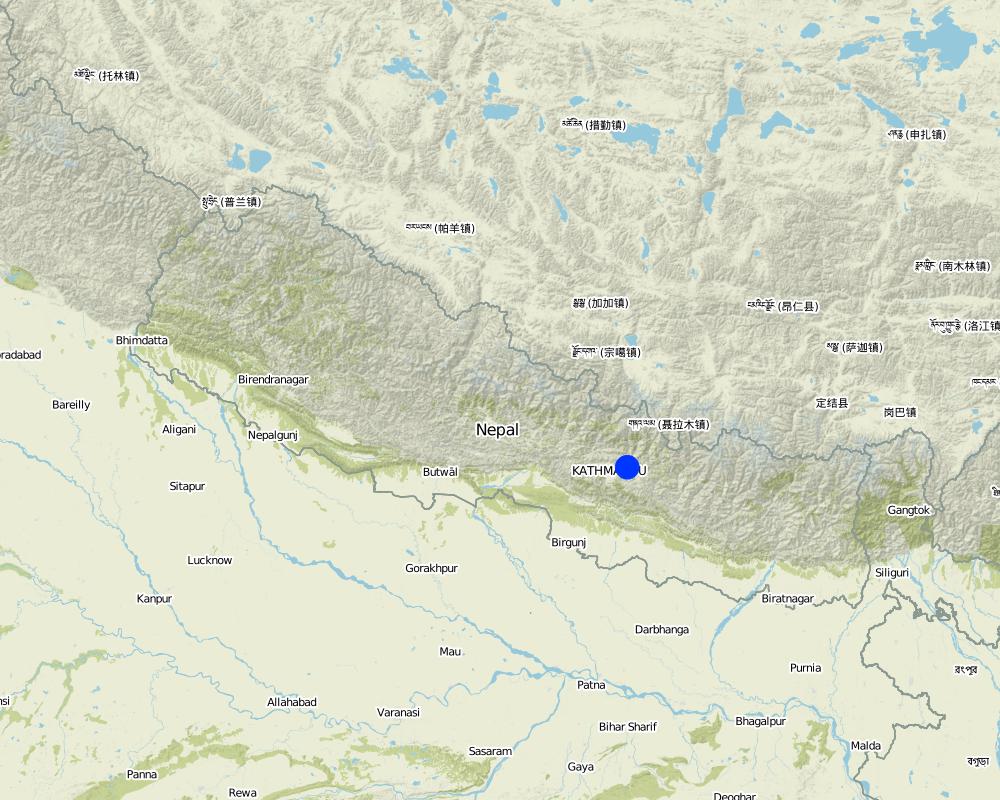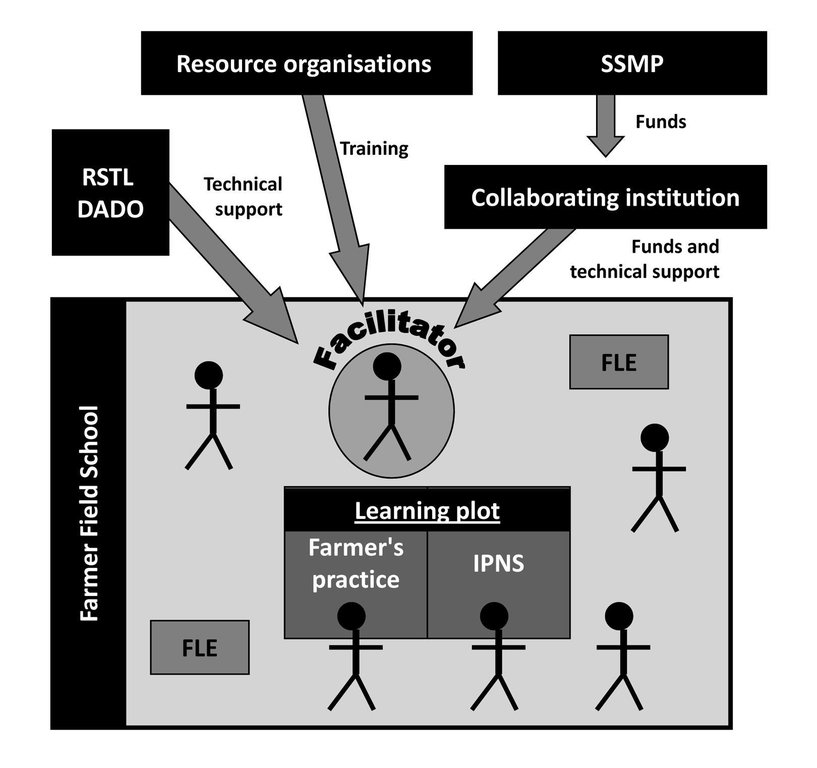Farmer field schools on integrated plant nutrient systems [Непал ]
- Шинийг нээх:
- Шинэчлэх:
- Мэдээлэл цуглуулсан: Richard Allen
- Редактор: –
- Хянагч: Laura Ebneter
Krishak Pathsala (Nepali)
approaches_2351 - Непал
1. Ерөнхий мэдээлэл
2. ГТМ Арга барилын тодорхойлолт
3. Оролцогч талуудын оролцоо ба үүргүүд
4. Техникийн дэмжлэг, чадавхи бүрдүүлэх, мэдлэгийн менежмент
5. Санхүүгийн болон гадаад материаллаг дэмжлэг
6. Нөлөөллийн дүн шинжилгээ ба дүгнэлт
7. Суурь мэдээлэл болон холбоосууд
Холбоос ба модулууд
Бүгдийг хаахХолбоосууд
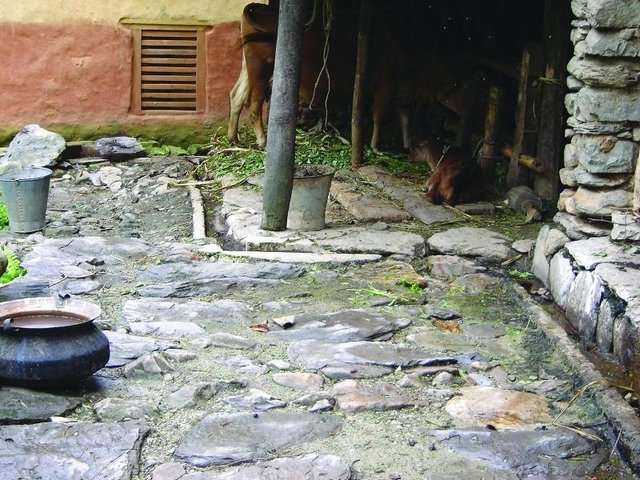
Improved cattleshed for urine collection [Непал ]
Collection of cattle urine in improved cattle sheds for use as liquid manure and organic pesticide
- Мэдээлэл цуглуулсан: Richard Allen
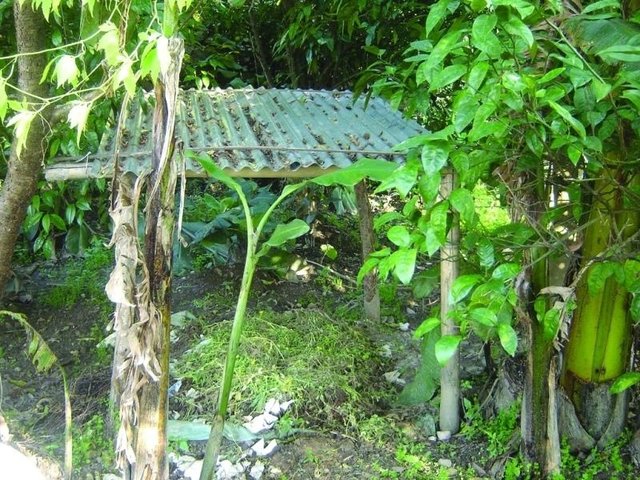
Improved compost preparation [Непал ]
Improved compost preparation using a range of biomass and waste to produce high value fertiliser
- Мэдээлэл цуглуулсан: Richard Allen
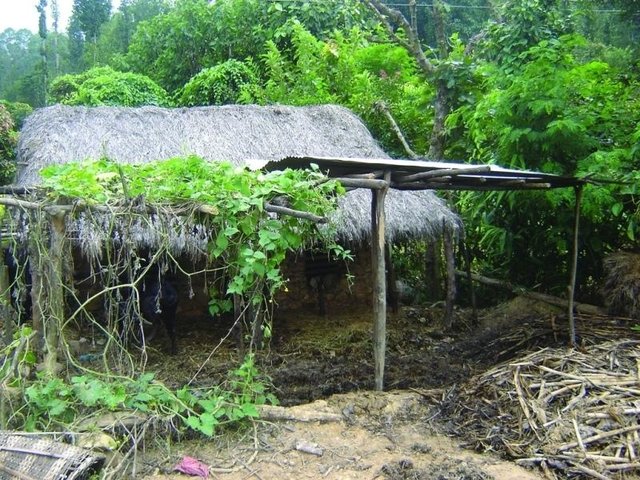
Improved farmyard manure through sunlight, rain and runoff … [Непал ]
Improving farmyard manure by protecting it from direct sunlight, rainfall, and runoff to reduce volatilisation and leaching
- Мэдээлэл цуглуулсан: Richard Allen
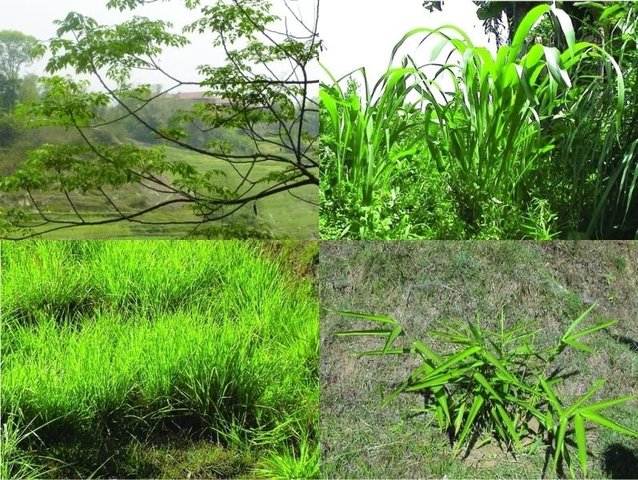
Cultivation of fodder and grasses [Непал ]
Cultivation of fodder crops on marginal lands and terrace risers
- Мэдээлэл цуглуулсан: Richard Allen
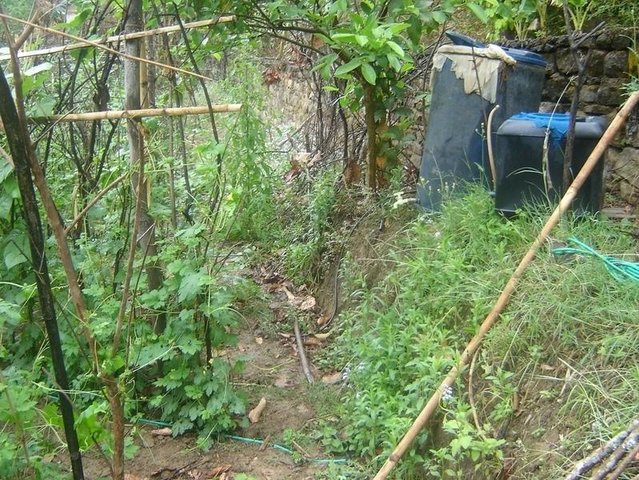
Urine application through drip irrigation for bitter gourd … [Непал ]
Application of cattle urine through drip irrigation technology to provide constant flow of fertiliser to bitter gourd
- Мэдээлэл цуглуулсан: Richard Allen
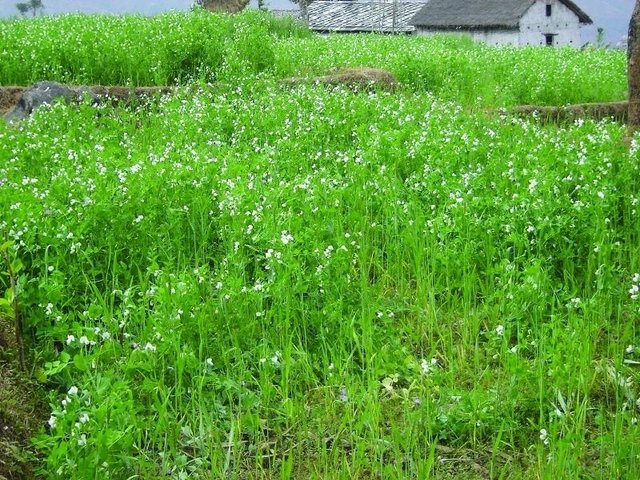
Legume integration [Непал ]
Integration of leguminous crops as intercrops on terrace risers or as relay crops
- Мэдээлэл цуглуулсан: Richard Allen
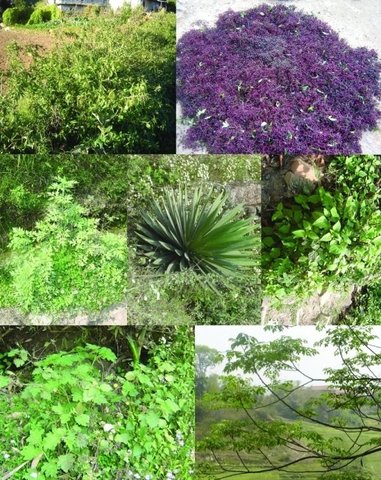
Organic pest management [Непал ]
Promotion of botanical pesticides for organic pest management and liquid manure
- Мэдээлэл цуглуулсан: Richard Allen
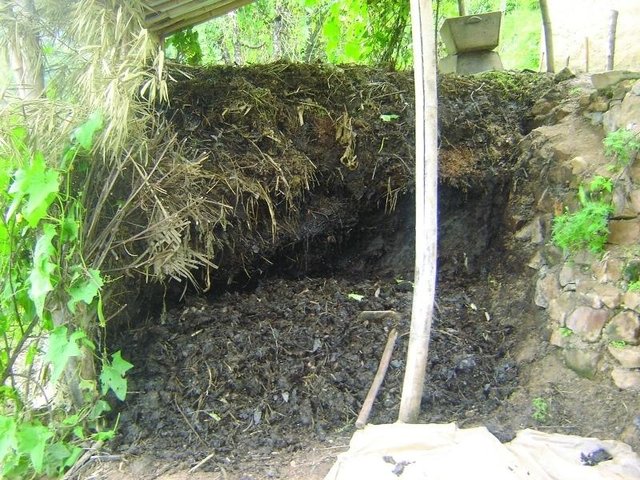
Better quality farmyard manure through improved decomposition [Непал ]
Collection and proper storage of farmyard manure in heaps or pits
- Мэдээлэл цуглуулсан: Richard Allen
Модулууд
Модуль байхгүй байна


